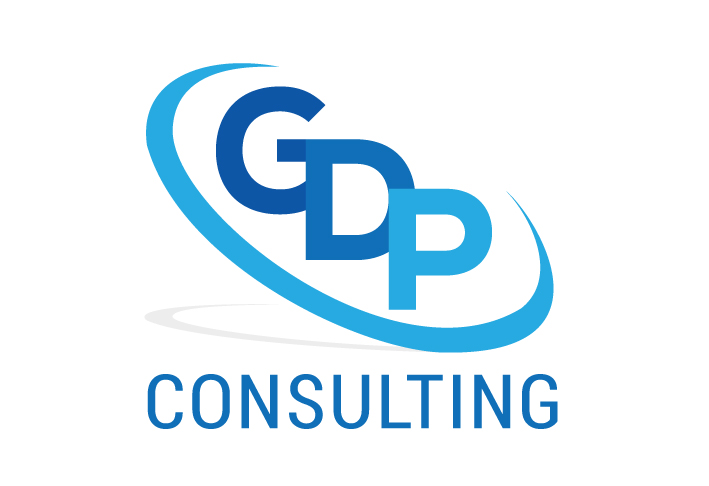
Non-profit boards that want to attract and keep active board members need to have their ducks in a row. This means:
- Having a mandate that is clear, concise and achievable
- Having a vision which describes the outcome it wishes to achieve for its primary stakeholders/clients
- Developing a mission which is proactive, measurable and achievable
- Focusing on policy, and governance risks and decisions
- Separating governance from management
- Being forward thinking and practical ideas
- Synchronizing efforts and speaking with one voice
- Removing board members who are present in name only, fulfilling a political or personal agenda, those who do not attend meetings regularly or fulfill their obligations
- Practicing transparency (financial, program, governance and management)
- Having a method for the CEO/Executive Director to report risks
- Outlining the communication channels and when specific offices represent the board and organization
- Planning agendas focused on items that require decisions by the board
- Deciding what work will be done by the board as a whole, by board committees, by board committees with staff support, by the executive team of the board, and by the board chairperson
- Ensuring the board members have the skill set necessary to enable the board to achieve the goals and mission in its strategic plan
- Outlining for each prospective board member, his required commitments for fundraising
- Outlining how often the prospective member will need to attend meetings, whether there is travel involved, and whether he will be reimbursed for out-of pocket and/or other personal expenses (such as child care and loss of wages when attending a meeting)
- Determining who is the champion for the strategic plan and making sure it is a constant item (at least quarterly) on the board agenda
- Telling prospective board members the specifics of the Board of Directors’ insurance policies
- Providing board members with clear action oriented job descriptions, code of ethics and standards of behavior
- Refraining from asking professionals to do tasks for free when it is part of their professional role in the community
- Providing briefing notes where possible because board members have other components to their lives and may not need to read lengthy reports that contain details which are not relevant to the board
Non-profit boards do not need to flounder or lose board members. These 21 tasks are easy to complete with the right support.
If you know of other things non-profit boards need to do, please write a comment here or if you want to provide confidential input, please write [email protected] or contact us at 709-753-9935.

